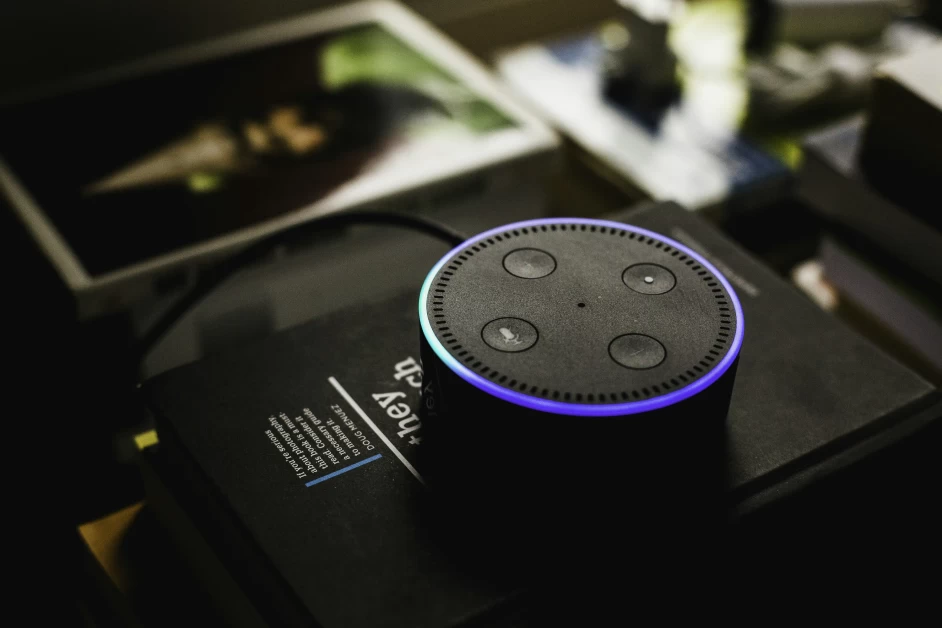Table of Contents
- Introduction
- Voice Assistant Usage in America
- Common Tasks and Increasing Reliance
- Challenges and Desires for Improvement
- Incorporating Generative AI for Improvement
- The Need for Natural Language Interaction
- The Voice Over Marketplace Industry
- Growth and Market Forecasts
- Challenges in the Voice Over Industry
- The Impact of Synthetic Voice Technologies
- Conclusion
Introduction
A new report titled “Talking Technology” published by Voices, the leading voice over marketplace, offers an analysis of the state of voice assistant usage in America. The report highlights how people use voice assistants, the challenges they face, and the improvements they wish to see. In this article, we will delve into the findings of the report and explore the future of voice assistants and their impact.
Voice Assistant Usage in America
According to the report, an impressive 80% of Americans use voice assistants, indicating their widespread adoption as a digital tool. Among voice assistant users, 74% employ their assistants multiple times per week. However, despite regular use, 46% of users feel they are not maximizing the full potential of their assistants and leaving many features underutilized.
Common Tasks and Increasing Reliance
The most common tasks Americans use voice assistants for include information retrieval, communication, media playback, and smart home control. Notably, 61% of voice assistant users interact with their assistants at least once per day, indicating their increasing reliance on these tools.
Challenges and Desires for Improvement
One major challenge highlighted by the report is the frustration experienced by 60% of users due to their voice assistant’s inability to accurately understand their requests. Users also expressed a desire for more human-like interactions, with 36% stating that they would use voice assistants more if the interactions felt more natural.
Incorporating Generative AI for Improvement
The report suggests that incorporating generative AI, such as ChaptGPT, could greatly improve voice assistants’ understanding of requests and inquiries. 38% of users believe that a voice assistant utilizing generative AI would outperform their current assistants.
The Need for Natural Language Interaction
Tara Parachuk, Senior Manager of Brand Communications at Voices, emphasizes the need for assistants that can understand and respond to natural language, saying, “People want voice technology that doesn’t feel like talking to a robot.”
The Voice Over Marketplace Industry
The company highlighted in the article, Voices, operates in the voice over marketplace industry. Voice over refers to the production technique where a voice, usually of a professional actor, is recorded for use in various applications such as commercials, films, documentaries, video games, and more.
Growth and Market Forecasts
The industry has experienced significant growth in recent years, driven by the increased demand for audio content in various digital platforms. With the rise of streaming services, podcasts, and audiobooks, there is a growing need for high-quality voice over recordings to engage and captivate audiences.
Market forecasts indicate continued growth in the voice over industry. According to a report by Market Research Future, the global voice over market is expected to reach a value of over $8 billion by 2026, with a compound annual growth rate (CAGR) of approximately 6.5% during the forecast period.
Challenges in the Voice Over Industry
However, the industry also faces challenges. One of the main issues is the increasing competition among voice over artists and talent agencies. With the advancement of technology, more people are entering the field, making it crucial for professionals to stand out and offer unique and high-quality services.
The Impact of Synthetic Voice Technologies
Additionally, the rapid development of synthetic voice technologies presents both opportunities and challenges for the voice over industry. While generative AI technologies like ChaptGPT mentioned in the article can enhance voice assistants’ understanding and response capabilities, there is also the risk of automated voice actors replacing human voice talent in certain applications. This raises questions about the future of the industry and the role of human creativity and expression in voice over work.
Conclusion
The future of voice assistants and their impact is promising, with widespread adoption and increasing reliance on these digital tools. However, there are challenges to overcome, such as improving accuracy and natural language interaction. The voice over marketplace industry is also experiencing growth, but competition and the rise of synthetic voice technologies pose both opportunities and threats. As technology continues to advance, it is essential to find a balance between automation and human creativity in the voice over industry. With the right advancements and improvements, voice assistants can become even more integral to our daily lives.
For more insights and information on the voice over industry, you can visit the Voices website at [https://www.scrollreads.com/].







